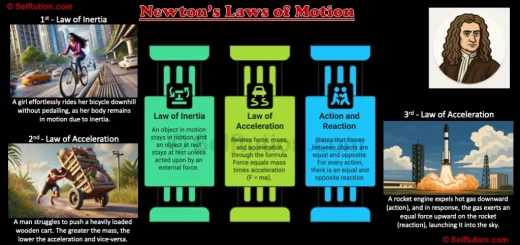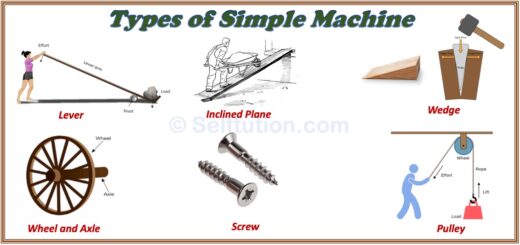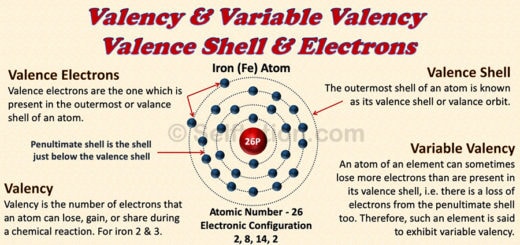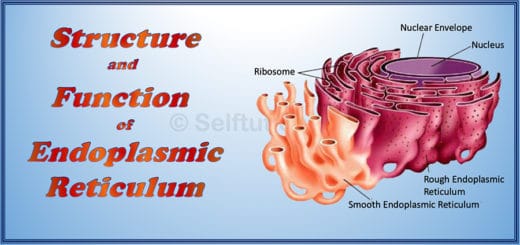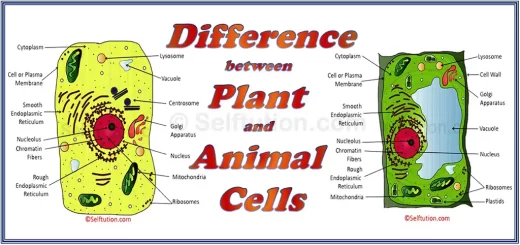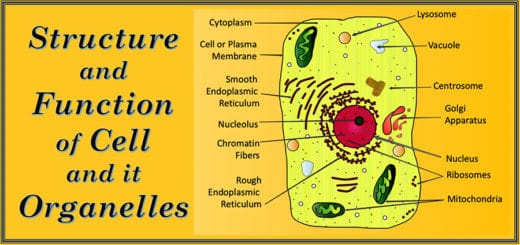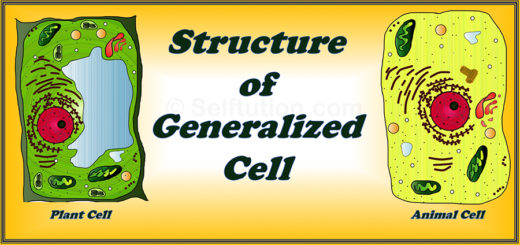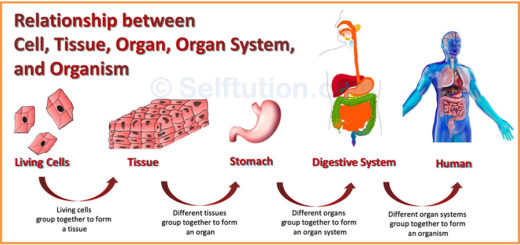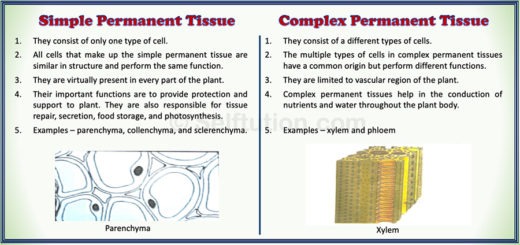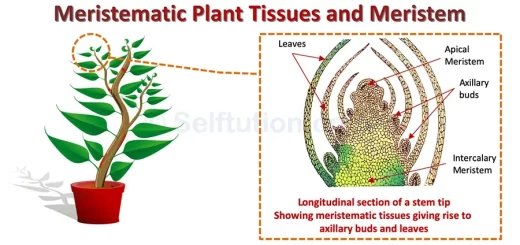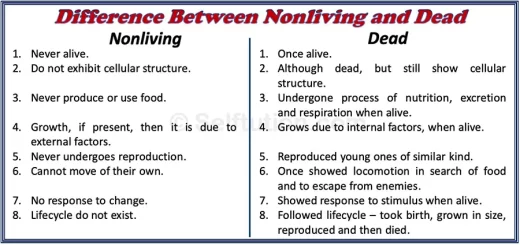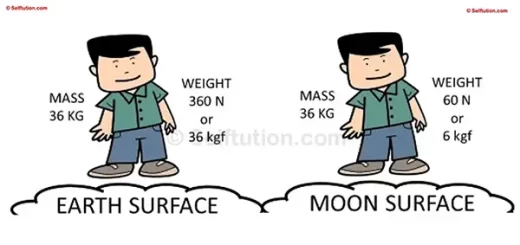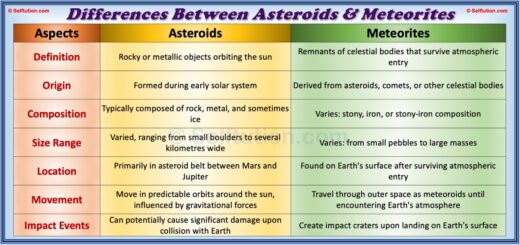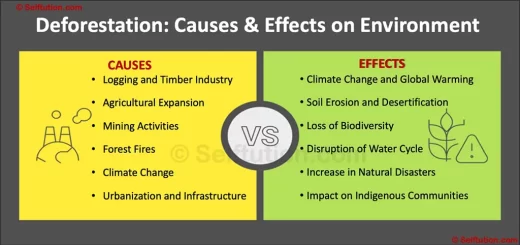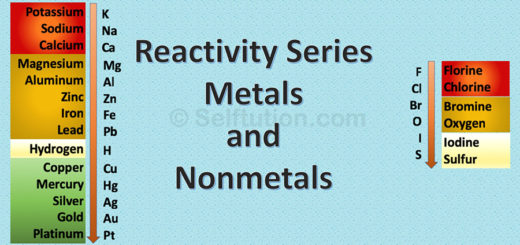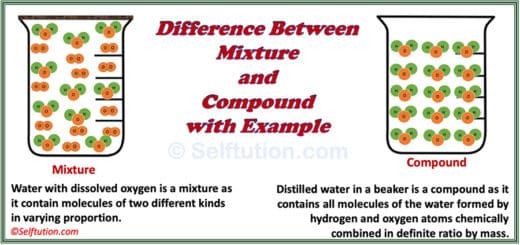What are Tissues? Definition, Types and Examples
What are Tissues? Living things are made of tiny, living compartments called cells. Cells perform life functions, but alone, their impact is minimal in plants and animals.
To work efficiently, many similar cells join together, forming tissues. Tissues are specialized groups of cells that perform specific functions vital for life processes.
In animals and plants, tissues provide structure, enable movement, and carry out essential activities like transport, growth, and repair. Each type of tissue has a unique role.
Understanding tissues helps us explore how life functions at a cellular level. From muscle tissues in animals to xylem in plants, their importance is undeniable.
This post explains tissues, their types, and examples from the natural world. With simple concepts and real-life examples, let’s uncover the fascinating world of tissues!
What are Tissues?
All multicellular organisms (animals or plants) start their life as a single cell called a zygote (fertilized egg).
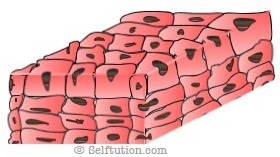
Representation of Tissue
This zygote divides repeatedly to produce billions of cells of various kinds. The cells formed have different shapes and structures based on the functions performed by them. Some of these cells make skin, some muscles, some others form bones, and still others form blood. A group of cells, which are similar in structure, and perform a particular function, form a tissue. For example, the human body has epithelial tissue covering the skin, the cells constituting muscles are contractile and therefore constitute muscle tissue that brings about movement. In a plant, the cells those help in conducting food and water form phloem and xylem tissues.
Definition of a Tissue
A tissue is a group of similar cells performing a specific function.
Relationship Between Tissue, Organ, Organ System, and Organism
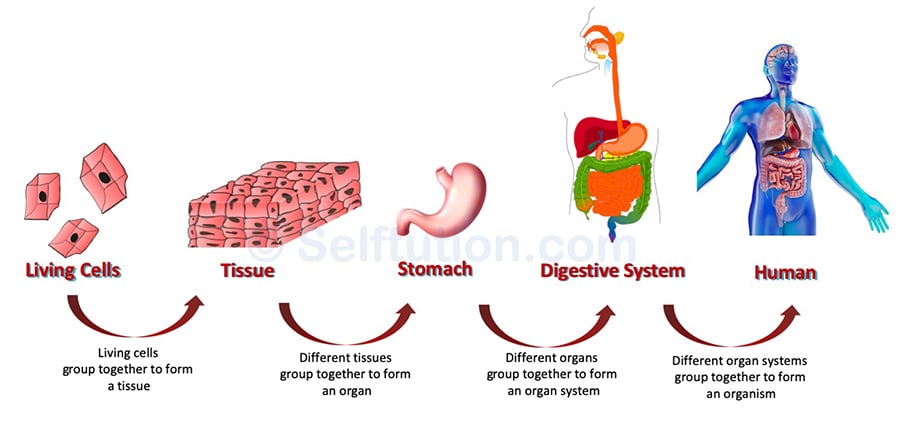
Relationship between a cell, tissue, organ, organ system, and organism
- Different tissues together contributing to some specific function inside the body, constitute an organ. For example, the tongue is an organ comprised of three types of cells. These are epithelial cells for protection, nerve cells for sensing taste, muscle cells for movement, etc.
- Many organs acting together to perform a specific life process form an organ system. For example, the digestive system comprises organs like the tongue, esophagus, stomach, liver, intestines, etc.
- Organ systems together constitute the organism. For example, the digestive system, circulatory system, skeleton system, etc. constitutes the human.
Types of Plant Tissues
Plant tissues are basically of two types – meristematic and permanent.
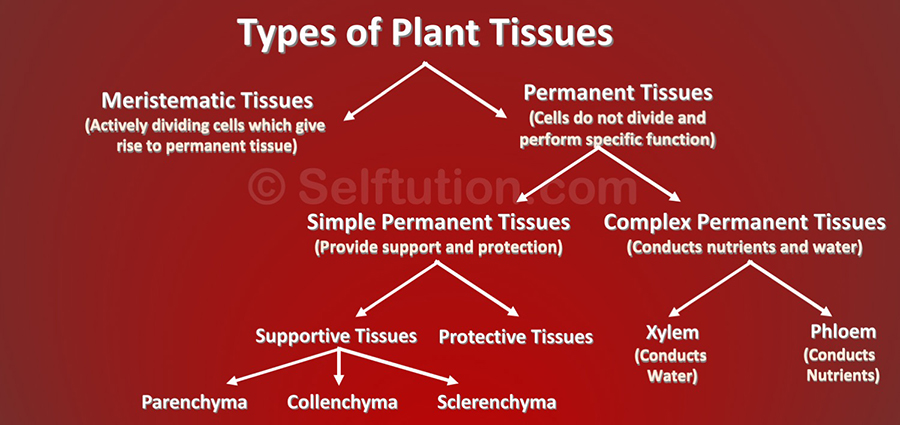
1. Meristematic Tissue:
These are made of actively dividing cells. Their only function is to produce more cells, leading to the growth of the plant body. They are found at all growing points of a plant, like the tips of roots, stems, and branches, where growth in length occurs. The growth of the thickness of the stem is also due to meristematic tissue. To learn more about meristematic tissues, click here.
2. Permanent Tissue:
These are groups of cells in which growth has either stopped completely or for the time being. They form the bulk of the plant body. Cells of permanent tissue do not divide. They become specialized to perform a specific function and remain the same throughout their life. They are further two types:
- Simple permanent tissues (provide support and protection), and
- Complex permanent tissues (conduct nutrients and water).
Simple permanent tissues provide protection and support to the plant. The tissues which provide protection are called protective tissues, whereas, those which provide support as supporting tissues. Supporting tissues are of further three types – parenchyma, collenchyma, and sclerenchyma.
Complex permanent tissues or conducting tissues provide passage for water and minerals to move up and down the plant. These are of two types – xylem and phloem.
Types of Animal Tissues
The animal tissues are of four types – epithelial, connective, muscular, and nervous.
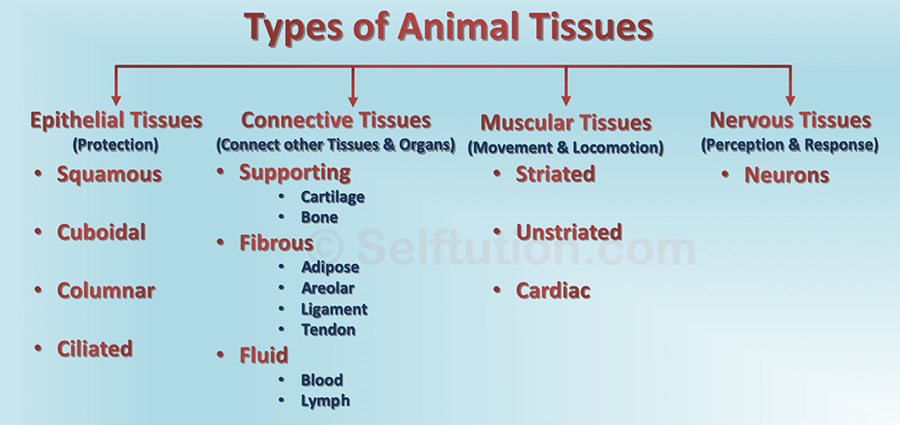
1. Epithelial Tissue
This tissue forms a protective layer of cells. It covers the surface of the body and forms the lining of various body cavities and internal organs. Based on the shape and functions, epithelial tissues are of four types – squamous, cuboidal, columnar, and ciliated epithelium.
2. Connective Tissue
As the name suggests, connective tissue connects various other tissues and organs. They also provide support to different organs to keep them in a proper position. They are of three types – supporting, fibrous, and fluid connective tissues.
- Supporting connective tissues consists of cartilage and bones which provide support and structural framework.
- Fibrous connective tissue serves to pack and bind most of the organs. There are four types – adipose, areolar, ligament, and tendons.
- Fluid connective tissue consists of blood and lymph and serves the purpose of transporting glucose, amino acids, oxygen, etc.
3. Muscular Tissues
They form the muscles of the body. The muscles can contract and relax. Thus, they help the body in all its movement and locomotion. Three distinct kinds of muscles are – striated, unstriated, and cardiac.
4. Nervous Tissues
They constitute the nervous system. It is concerned with the perception and responses of animals. This tissue comprises elongated cells called neurons.
Conclusion
In conclusion, the organization of cells into specialized groups highlights the efficiency and complexity of living organisms. These cell groups perform essential tasks that support life, from movement and growth to transport and repair. By understanding the types and functions of these structures, we gain deeper insight into how plants and animals thrive. Whether it’s the transport of nutrients in plants or the coordination of movements in animals, these cellular formations play an integral role. Exploring them reveals how life is both interconnected and beautifully orchestrated, showcasing the brilliance of nature’s design.
You may also like…... Types of Chemical Reactions in Chemistry

